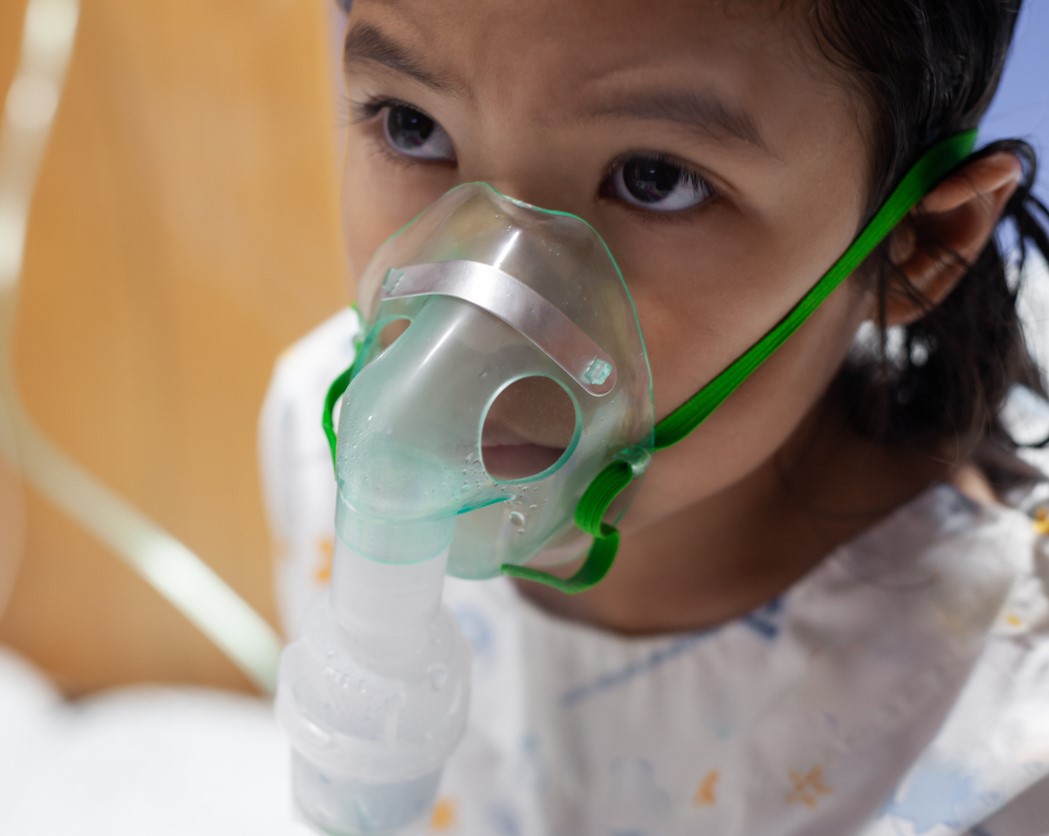 With respiratory virus levels rising to prepandemic levels and increasing hospitalizations in children younger than 2 years, the Pan American Health Organization (PAHO) and World Health Organization (WHO) yesterday urged countries to strengthen their measures to tackle flu, respiratory syncytial virus (RSV), and COVID-19 and to take measures to avoid severe outcomes.
With respiratory virus levels rising to prepandemic levels and increasing hospitalizations in children younger than 2 years, the Pan American Health Organization (PAHO) and World Health Organization (WHO) yesterday urged countries to strengthen their measures to tackle flu, respiratory syncytial virus (RSV), and COVID-19 and to take measures to avoid severe outcomes.
In an epidemiologic alert, PAHO said flu activity in the Americas' southern region has increased markedly over the past month, mainly due to the 2009 H1N1 flu virus. RSV activity has also risen and is at medium levels, and so far COVID-19 levels remain low.
Mixed picture
The situation varies in the southern region. For example, Brazil has seen significant growth in RSV activity and hospitalizations since April, especially in kids younger than 2. Eleven child deaths from severe acute respiratory infections, mainly involving babies, have been reported since May 13 from children's hospital in Macapa, located in the north, according to O Globo, a Brazilian newspaper.
Argentina's flu season began early, and RSV cases are running 56% higher than in 2019, when the country experienced its most cases during the same period. Chile's flu season also started earlier than usual and is moderately intense, alongside a spike in RSV activity that has exceeded 2022 levels.
The Andean region of the Americas, which includes Bolivia, Peru, and Venezuela, also reported elevated flu and RSV activity, with flu accounting for more than half of cases in younger adults, followed by RSV in children younger than 5 years.
The two viruses also rose, but to a lesser degree, in Central America and the Caribbean.

 A
A 










